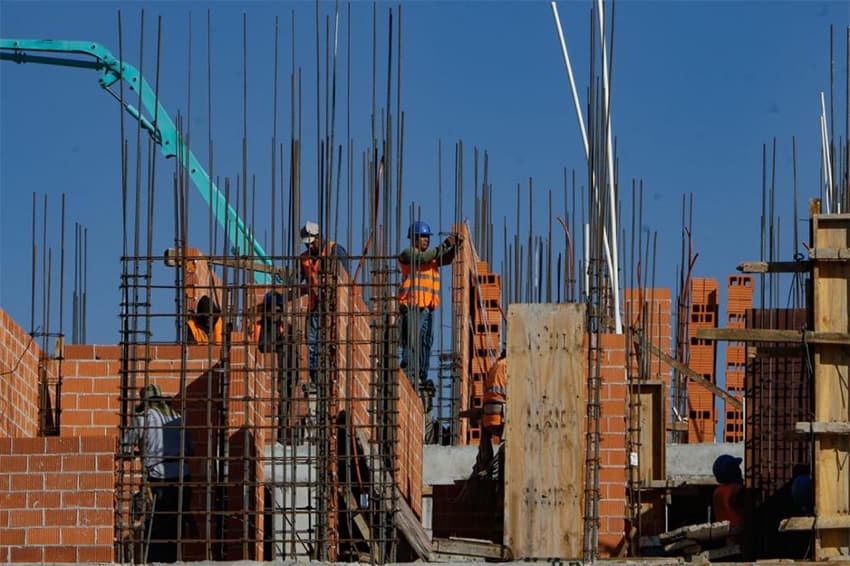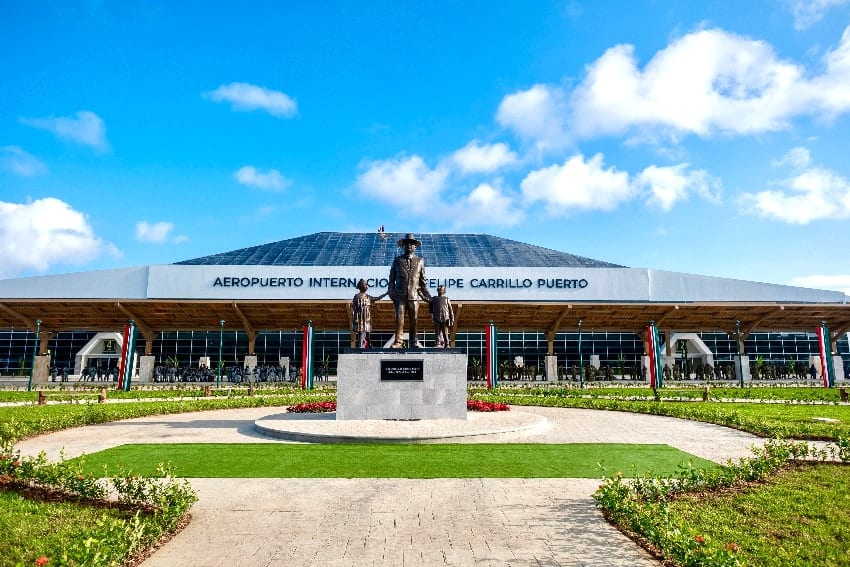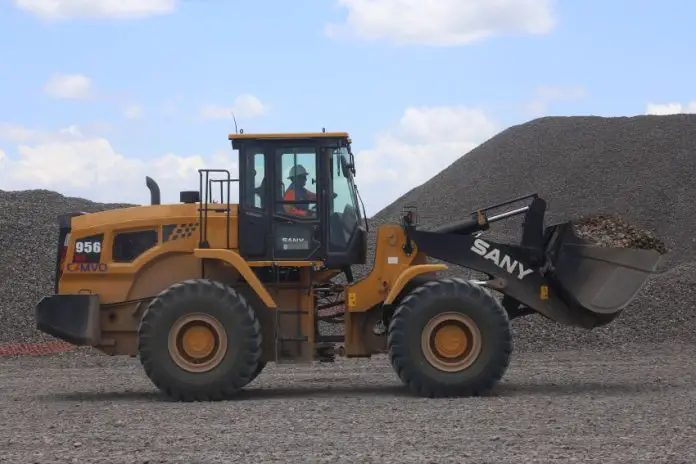Investment in construction projects and spending on machinery and equipment surged last year as Mexico’s nearshoring trend continued to grow and the federal government rushed to complete major infrastructure projects before the end of its six-year term in September.
Gross fixed capital formation (GFCF), as investment in construction projects, machinery and equipment is called, increased 19.7% in annual terms during 2023, the national statistics agency INEGI reported Monday. The increase was well above the 6% GFCF growth recorded in 2022.
Investment in construction projects rose 20.8% compared to 2022, while spending on machinery and equipment increased by a slightly more modest 18.5%.
Private and public investment both spiked
Both private and public GFCF increased by close to 20% last year. Private investment was up 19.7% while public investment rose 19.6%.
Private spending on construction projects rose 20.3%, while public spending in the same area increased 23.4%.

The private spending includes investment in new manufacturing plants, many of which will be occupied by foreign companies that have decided to nearshore to Mexico.
Meanwhile, the federal government last year allocated large sums of money to key infrastructure projects, some of which opened or partially opened in late 2023. They include the Tulum airport, which opened in December, and the Maya Train railroad, which now has several sections in operation.
The 20.8% increase in overall construction investment came from a 39.2% surge in spending on non-residential projects, and a 1.8% uptick in the outlay on residential projects.
Spending on transport equipment surged
Spending on imported transport equipment — cars, buses, trains, planes and the like — increased 55.4% last year, while the outlay on Mexican-made transport equipment also rose significantly, albeit by a less striking 26.6%.
Spending on imported machinery, equipment and “other assets” rose 17.5% in 2023, while expenditure on the same national goods increased 3.5%.
A 19.2% increase in private spending on machinery and equipment drove the overall investment growth of 18.5% in that area. Public expenditure in the same area increased by just 1.7%.

Another positive sign for the Mexican economy
The increase in GFCF in 2023 could help spur stronger GDP growth in the future as investment in things such as new machinery can help companies increase their productivity and overall output. The use of new machinery and the opening of new manufacturing plants could help Mexico boost its exports in coming years.
The publication of the positive GFCF data comes after INEGI reported in late February that the Mexican economy grew 3.2% in annual terms in 2023.
Earlier this year, the Economy Ministry reported that foreign direct investment in Mexico was US $36.06 billion last year, a 2.2% increase compared to 2022, while INEGI published preliminary data showing that the value of Mexico’s exports hit a record high of US $593.01 billion. Mexico last year dethroned China as the top exporter to the United States, assuming a position that the East Asian economic powerhouse had occupied for the past two decades.
With reports from EFE and Forbes México
